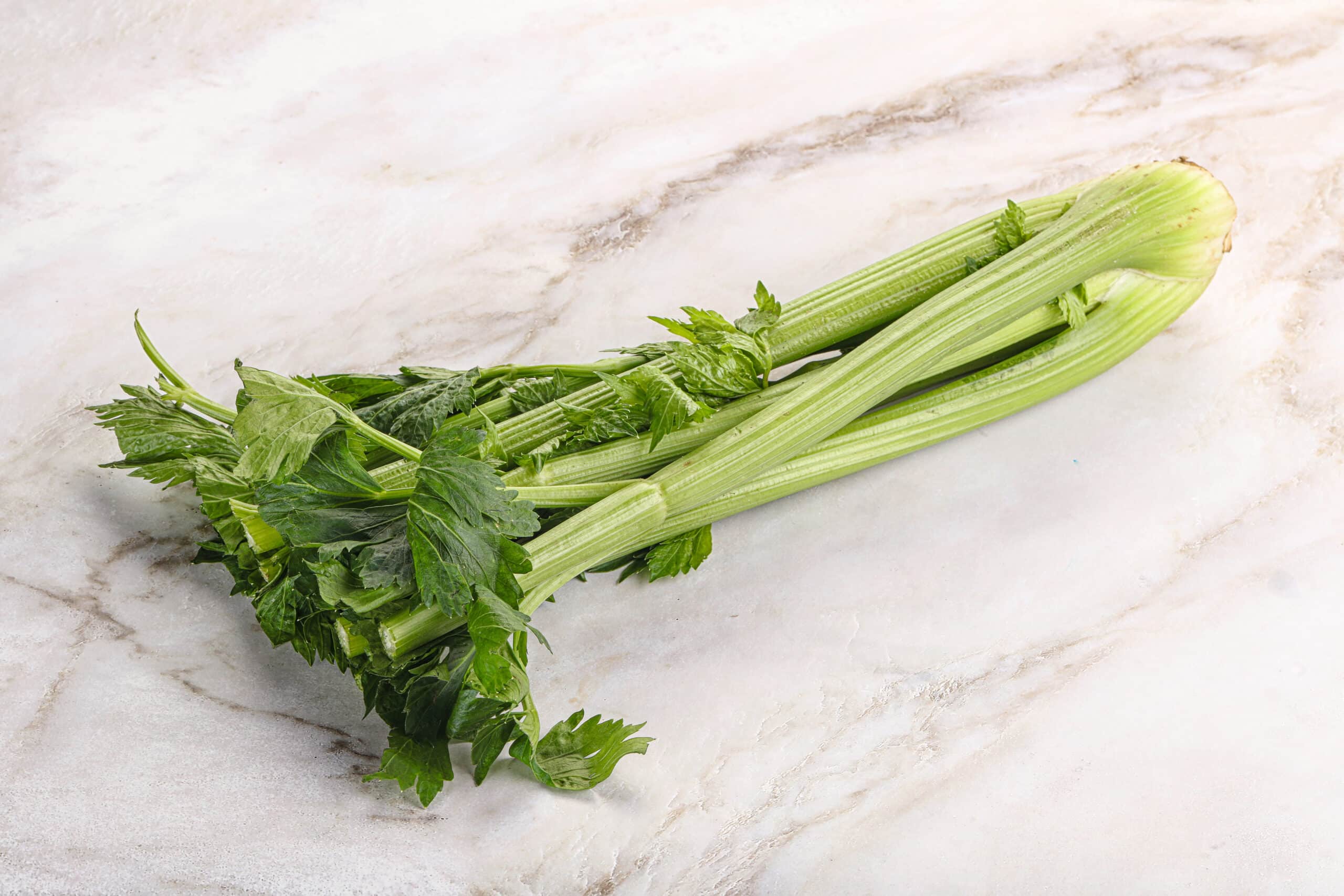Is Celery a Microgreen?
Key Takeaways
- Celery can be considered a microgreen, although it may not be as commonly grown as other microgreens.
- There are resources available, such as QooPlants, that provide guidance on growing celery as a microgreen.
- Celery microgreens offer numerous health benefits, including being packed with nutrients and having anti-inflammatory properties.
When it comes to the world of microgreens, there is often confusion surrounding which plants can be classified as microgreens. One plant that frequently falls under scrutiny is celery. In this article, we will examine the question “Is celery a microgreen?” and explore the available information to provide a comprehensive answer.
What Are Microgreens?
Before we delve into whether celery can be considered a microgreen, let’s first understand what microgreens are. Microgreens are young vegetable greens that are harvested after the first true leaves have developed. They are typically harvested when the plants are around 1-3 inches tall and are known for their intense flavors and vibrant colors.
Examining the Evidence
To determine whether celery can be classified as a microgreen, we need to examine the available evidence. The first source we will consider is Microgreens Hub. According to the information provided on their website, celery is not explicitly listed as one of the commonly grown microgreens.
However, it is important to note that the absence of celery from their list does not necessarily mean it cannot be grown as a microgreen. To gather more information, we can turn to another source, QooPlants.
QooPlants, a website dedicated to gardening and plant cultivation, provides a detailed guide on how to grow celery microgreens. They discuss the steps involved, including seed selection, planting, and care. This suggests that celery can indeed be grown as a microgreen.
The Verdict
Based on the information available, it can be concluded that celery can be considered a microgreen. While it may not be as commonly grown as other microgreens, there are resources and guides available that specifically discuss cultivating celery as a microgreen.
Benefits of Celery Microgreens
Celery microgreens offer numerous health benefits. As with other microgreens, they are packed with nutrients, including vitamins A, C, and K. They are also a good source of antioxidants and may have anti-inflammatory properties. Incorporating celery microgreens into your diet can provide a fresh and flavorful addition to salads, sandwiches, and other dishes.
Conclusion
In conclusion, celery can indeed be considered a microgreen. While it may not be as commonly recognized as other microgreens, there are resources available that provide guidance on growing celery as a microgreen. Its nutritional benefits and culinary versatility make it a valuable addition to any microgreen selection.
Related Websites:
FAQs:
Q: What are microgreens?
Microgreens are young vegetable greens that are harvested just after the first leaves have developed. They are smaller than baby greens but larger than sprouts, and they are known for their intense flavors and vibrant colors. Microgreens are packed with nutrients and are often used as garnishes, salad ingredients, or as a flavorful addition to various dishes.
Q: How do microgreens differ from sprouts?
Microgreens and sprouts differ in several ways. Microgreens are grown in soil or a soil substitute, whereas sprouts are germinated and harvested in water. Microgreens are typically harvested at a stage where they have developed their first true leaves, while sprouts are eaten when they are still in the early stages of growth. Additionally, microgreens have a more varied and intense flavor profile compared to sprouts.
Q: What are the benefits of incorporating microgreens into my diet?
Incorporating microgreens into your diet can provide numerous benefits. They are rich in vitamins, minerals, and antioxidants, which can support overall health and boost the immune system. Microgreens are also low in calories and high in fiber, making them a great addition to a balanced diet. Additionally, their vibrant colors and unique flavors can enhance the visual appeal and taste of your meals.
Q: Is celery considered a microgreen?
Celery is not typically considered a microgreen. Celery is commonly grown and used as a vegetable, with its stalks and leaves being the main parts consumed. Microgreens are usually harvested at an earlier stage of growth, whereas celery is allowed to mature further before being harvested for consumption. However, celery leaves can be used as a flavorful addition to dishes, similar to microgreens.
Q: What is the difference between celery sprouts and celery microgreens?
Celery sprouts and celery microgreens differ in their growth and usage. Celery sprouts are germinated seeds that are harvested at an early stage, usually within a few days of sprouting. They have a milder flavor and a softer texture compared to celery microgreens. On the other hand, celery microgreens are grown for a longer period, allowing them to develop their first true leaves and develop a more intense flavor. They are often used as a garnish or ingredient in various dishes.






